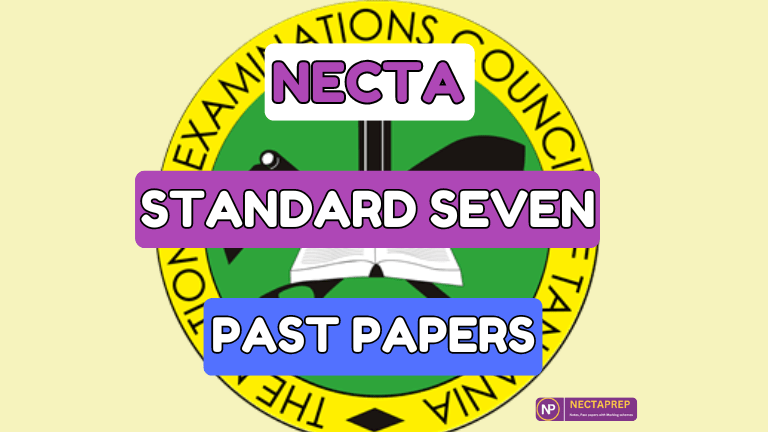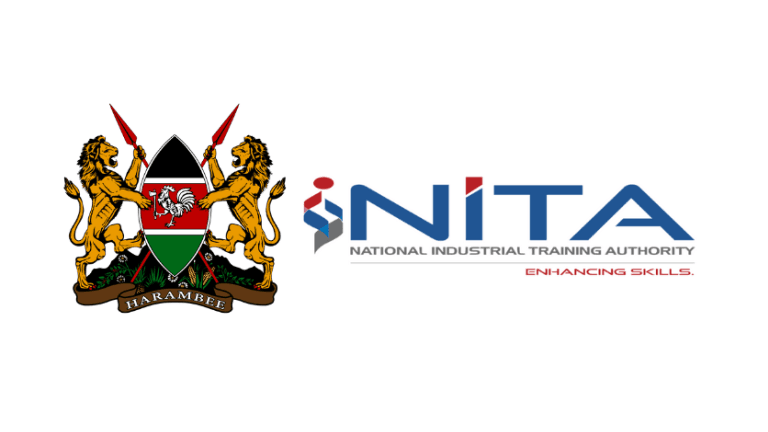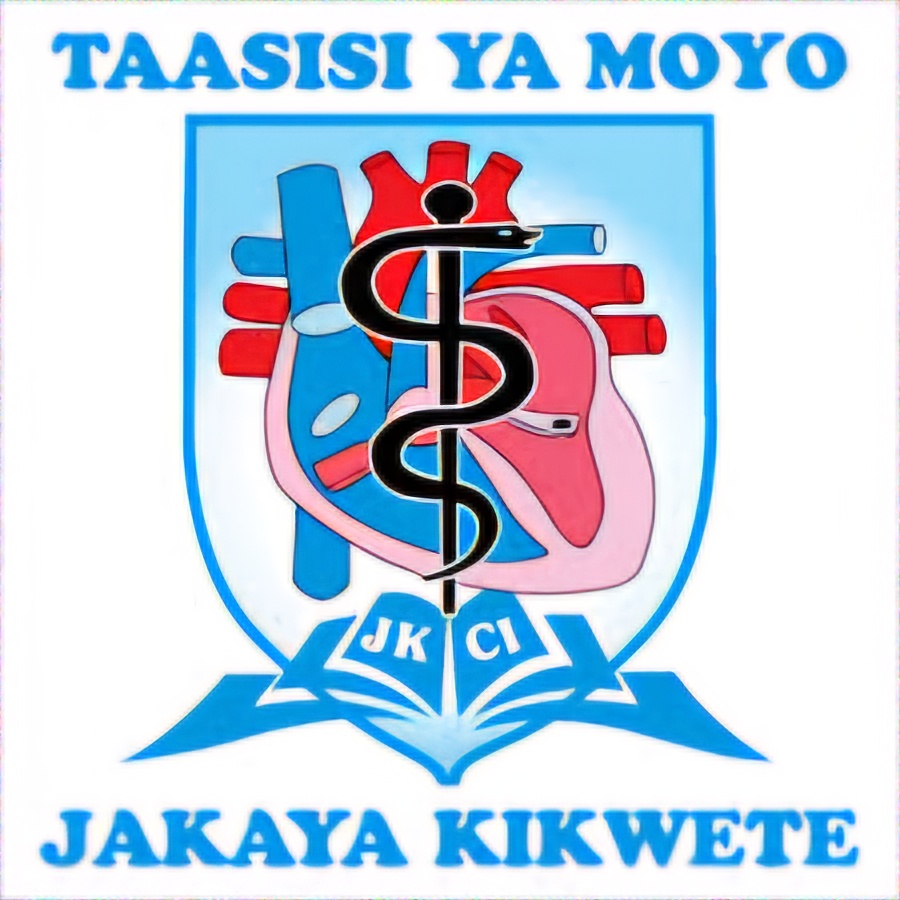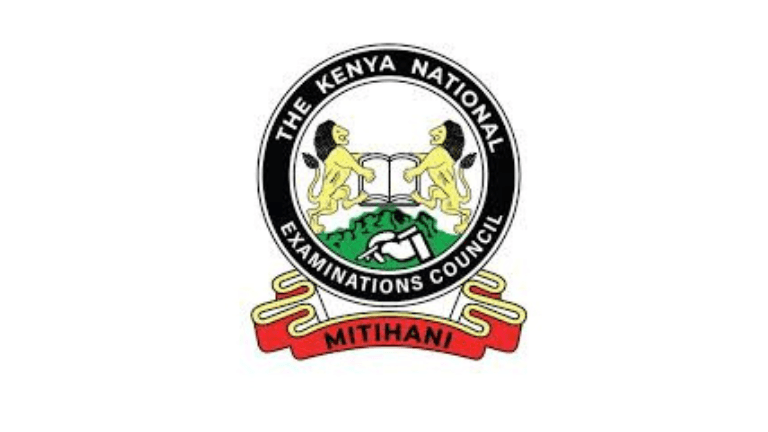The National Industrial Training Authority (NITA) is a leading institution in Kenya, dedicated to fostering skilled professionals across various industries. Among its many services, the NITA Trade Test is highly significant as it provides a standardized certification for artisans and skilled workers, enabling them to validate their skills and improve employment opportunities. This blog post aims to shed light on the NITA Trade Test, covering essential aspects such as admission requirements, course levels, payment structures, and additional critical information to guide candidates.
Introduction to the NITA Trade Test
The NITA Trade Test is an essential certification designed for individuals who seek to demonstrate their practical skills in various trades. These tests are crucial for artisans, craftsmen, and technicians as they provide a benchmark for skill levels across industries like welding, electrical work, carpentry, mechanics, and many more. The trade test is recognized by employers nationwide, making it an invaluable credential for those looking to advance their careers or gain formal recognition of their expertise.
Why the NITA Trade Test Matters
- Certification: A recognized certificate from NITA enhances employability in both local and international markets.
- Skill Validation: It helps workers without formal training verify their on-the-job experience.
- Career Growth: Passing the test opens doors to higher pay, promotions, and job security.
Admission and Course Levels
The NITA Trade Test is available for a wide range of technical trades and offers certification across different competency levels. NITA classifies trade tests into three key levels:
- Trade Test Grade III: This is the entry-level certification and is meant for individuals with basic skills in their chosen trade. It is ideal for those who are just starting their careers or have only a few years of practical experience.
- Trade Test Grade II: This intermediate level is designed for workers with some experience who are looking to build on their foundational skills. It is more advanced than Trade Test III and requires a deeper understanding of the trade.
- Trade Test Grade I: This is the most advanced level, targeting experienced professionals who are proficient in their trade. It is ideal for those seeking leadership or supervisory roles within their industry.
Each level tests both theoretical knowledge and practical application in a candidate’s trade, ensuring that graduates are well-rounded in their competencies.
Read on NITA Exam Grading System here.
Trade Test Requirements to Be Admitted
To take the NITA Trade Test, candidates must meet certain prerequisites, which vary depending on the level of the test they are applying for. Below are the general requirements:
- Age: Most trade tests are open to candidates aged 18 years and above.
- Experience: Depending on the level (III, II, or I), candidates may need to show proof of experience in their specific trade. For Trade Test III, minimal experience or practical exposure is required, while Trade Test I demands significant expertise.
- Formal Training: While not always mandatory, candidates who have attended technical or vocational training institutions are often preferred.
- Identification Documents: A valid national ID or passport is required to register for the test.
Read more about specific entry requirements on the trade test rules page, which provides more up to date information.
Candidates must submit their application through the NITA portal or directly at any NITA testing centers. Depending on the trade, the requirements may also include specific qualifications or endorsements from employers or mentors to verify practical experience.
Payment Structures for the NITA Trade Test
NITA offers competitive pricing for the trade tests, ensuring that they are accessible to a wide range of candidates. The fees vary based on the trade and the level of the test being undertaken. As of the latest updates, here is a general breakdown of the payment structure:
- Trade Test III: Entry-level tests are the most affordable and are designed for those just entering the workforce.
- Trade Test II: The intermediate tests come at a moderate fee, reflecting the more advanced skills and knowledge being assessed.
- Trade Test I: The most advanced tests, geared towards professionals, typically come at a higher cost due to the comprehensive nature of the examination.
The fees are payable through NITA’s designated bank accounts or mobile payment systems, and all candidates are required to complete their payment before taking the test. NITA provides clear payment instructions during the registration process, ensuring that candidates are aware of their financial commitments.
For updated and specific fees for each trade and level, candidates can refer to the official NITA website or contact their nearest NITA office.
Important Links for Additional Information
To help you get started with your application and understand the trade test process better, here are some important links:
These pages offer detailed guidelines, including the application process, payment methods, test locations, and other critical information for applicants.
Benefits of Taking the NITA Trade Test
Taking the NITA Trade Test comes with a myriad of benefits, not just for the individual but also for the broader industry. Some of the key advantages include:
- Enhanced Employability: A NITA trade certification increases a candidate’s competitiveness in the job market, especially in sectors like construction, manufacturing, and electrical services.
- Standardized Skill Measurement: Employers use these certifications as a reliable benchmark to assess the skill level of potential hires, improving recruitment accuracy.
- Professional Recognition: For those who may have learned their trade informally, the test serves as a formal validation of their skills.
- Opportunity for Advancement: Individuals certified at Trade Test I can move into more senior roles such as supervisors or trainers within their field.
Preparation for the NITA Trade Test
Adequate preparation is key to passing the NITA Trade Test. Here are some steps candidates can take:
- Practical Experience: Make sure to have hands-on experience in your trade, as much of the test will focus on practical skills.
- Study Materials: Obtain relevant materials from NITA or your trade school to understand the theory behind your practical work.
- Mock Tests: Practicing under exam-like conditions can help ease nerves and give you a sense of the format.
NITA also offers preparatory workshops and training sessions at various centers, which candidates are encouraged to attend.








Leave a Reply